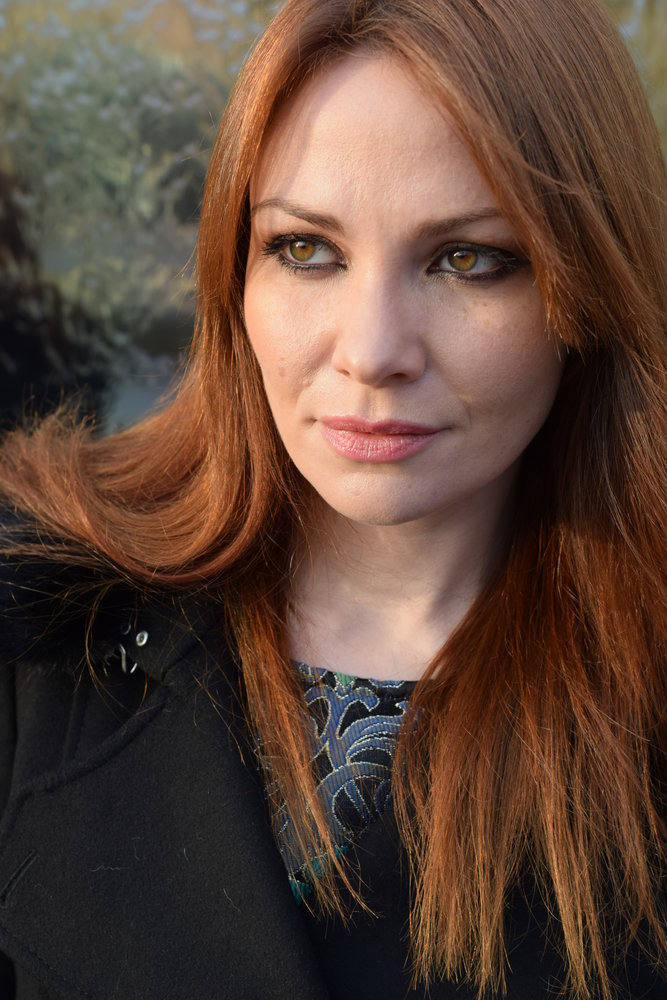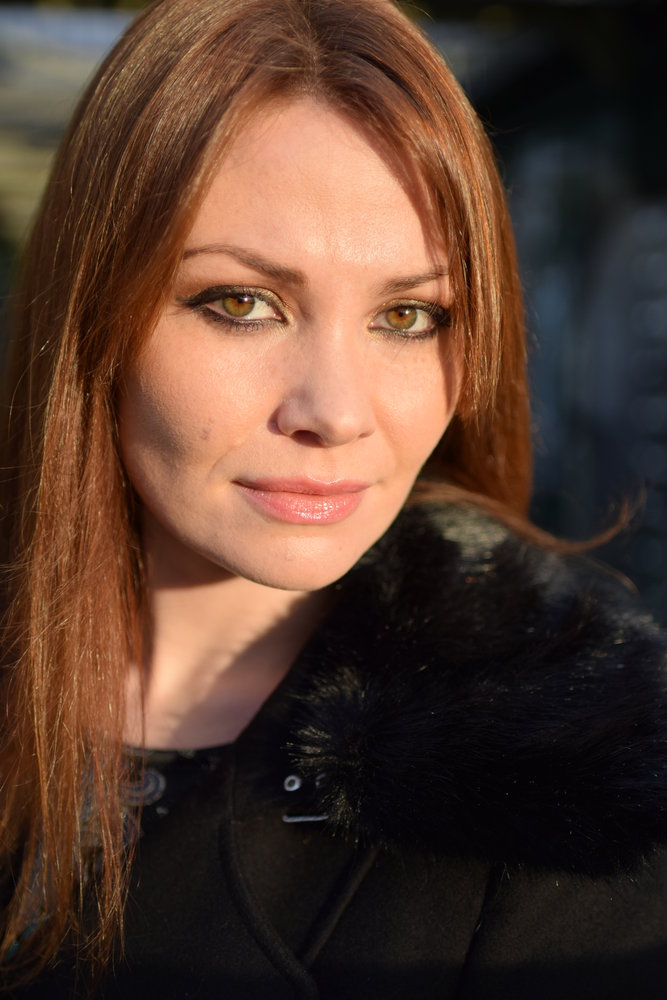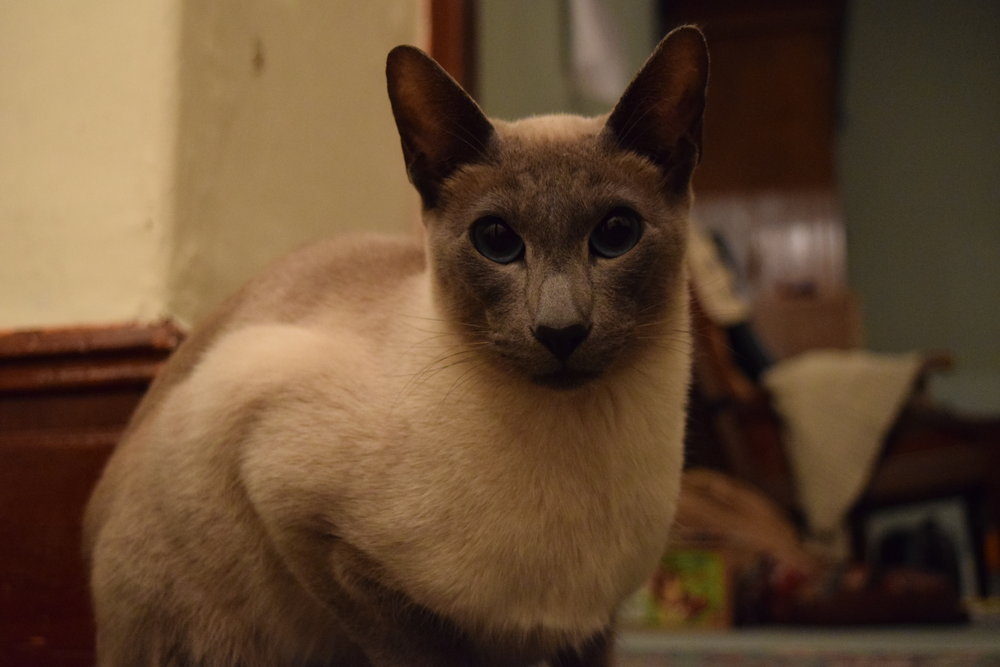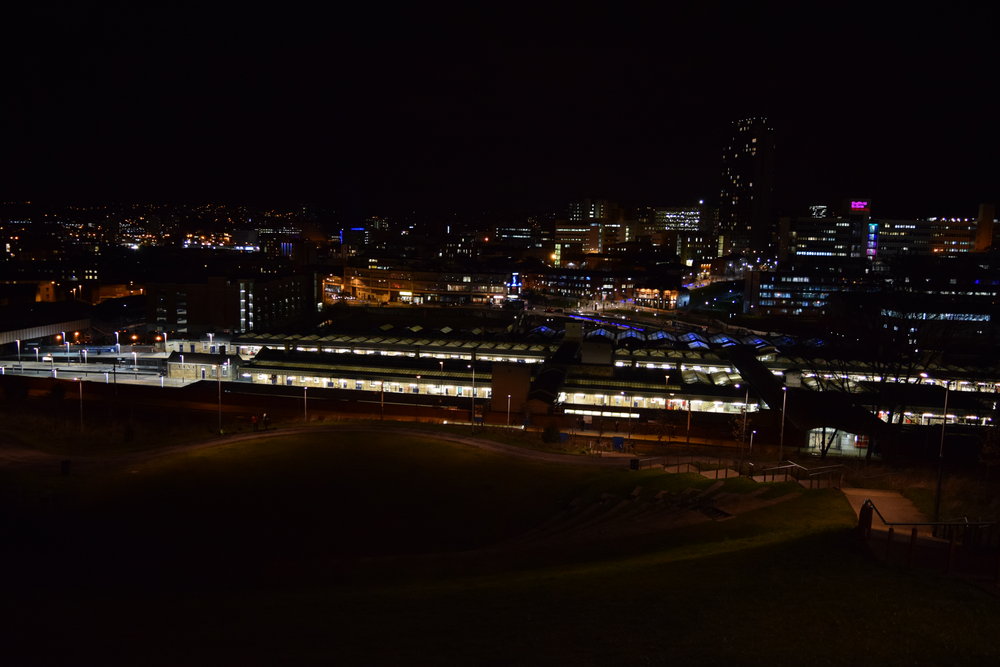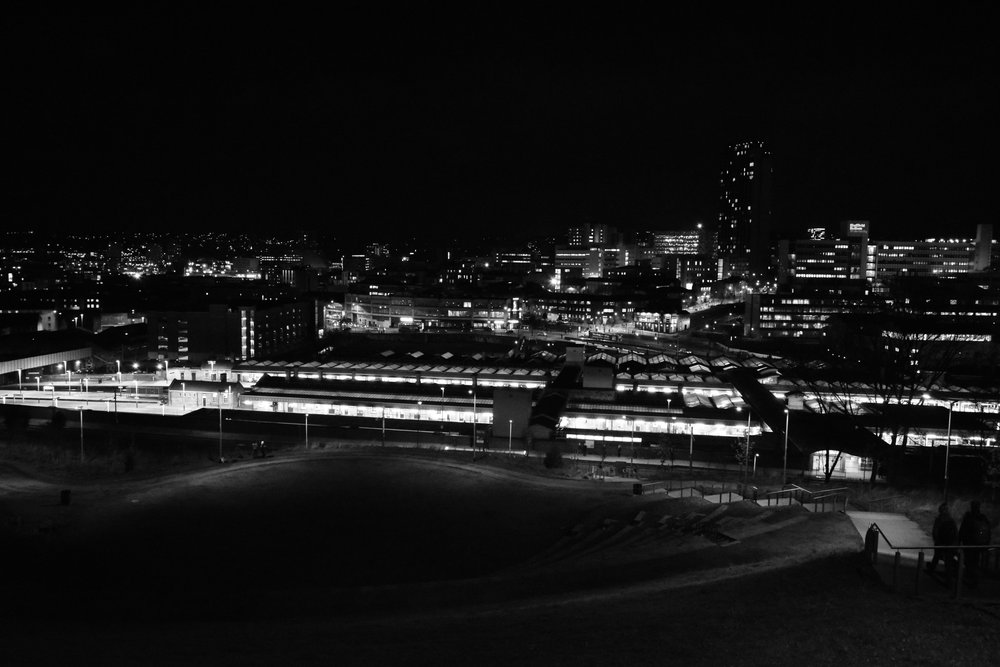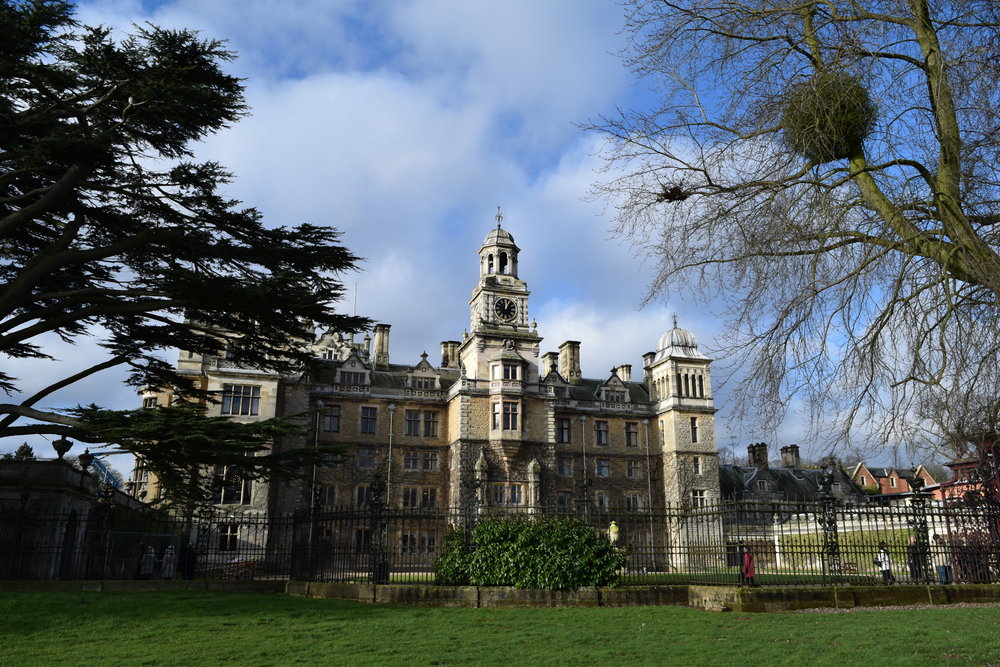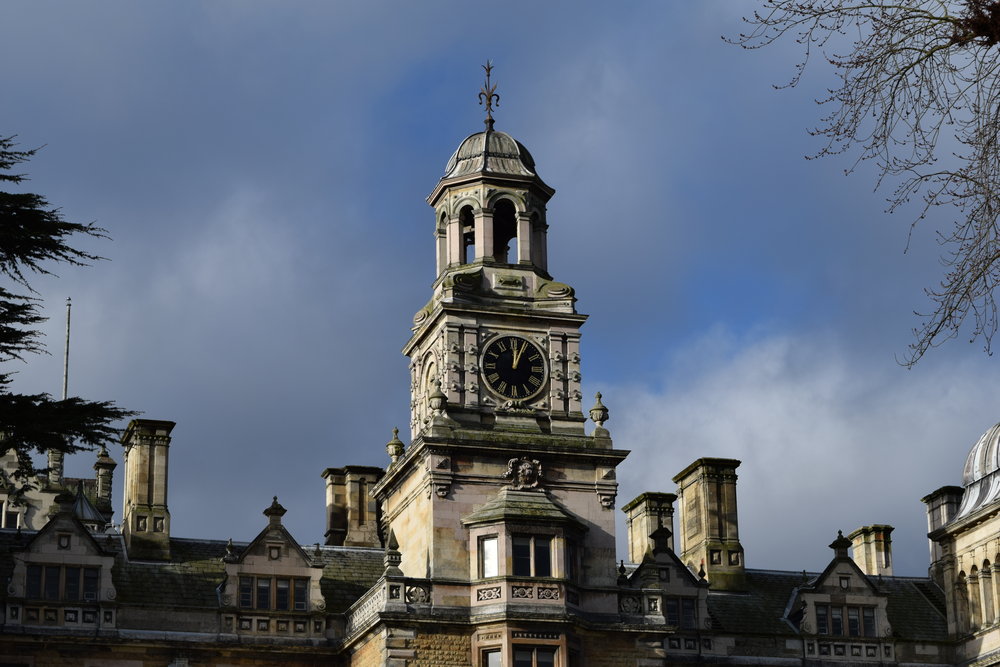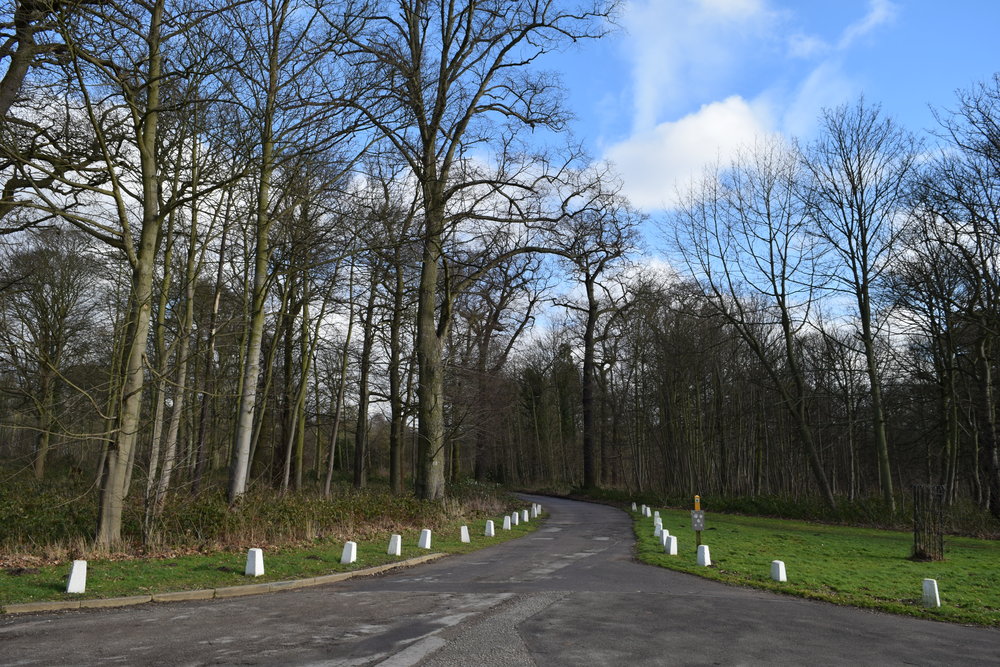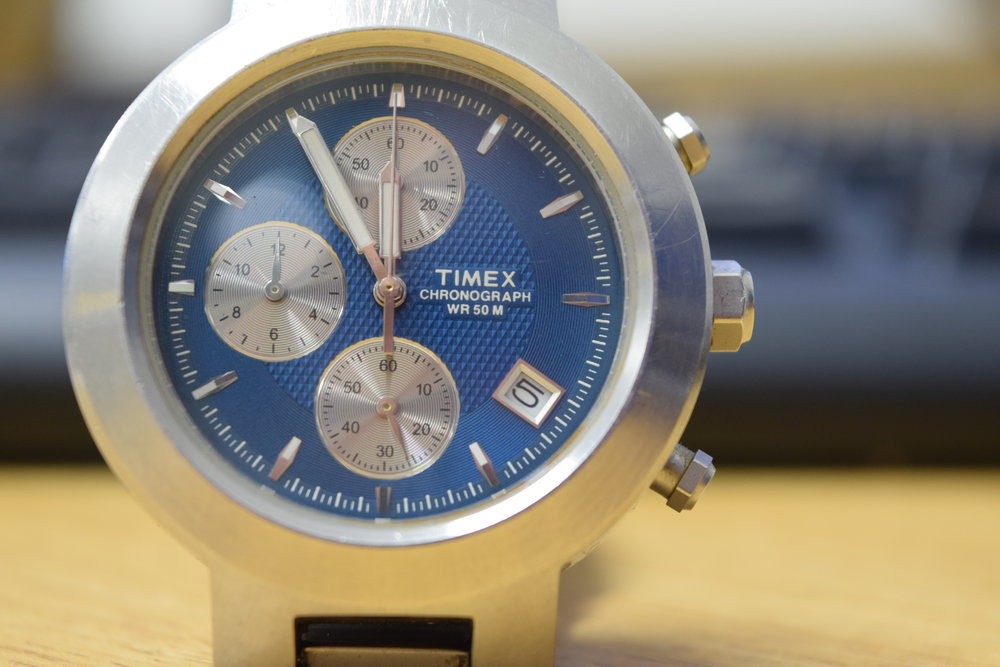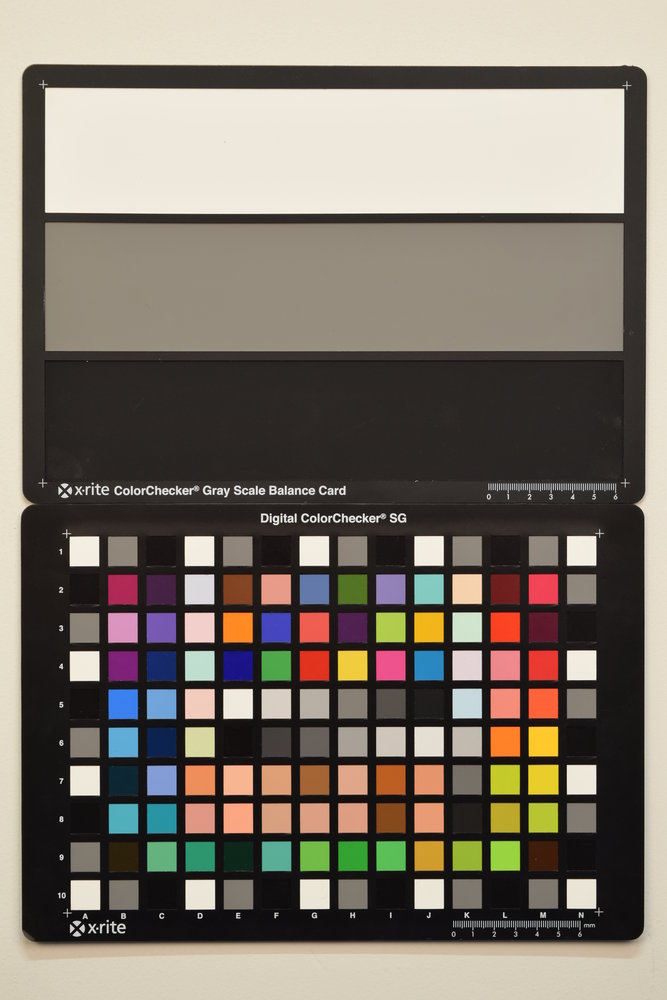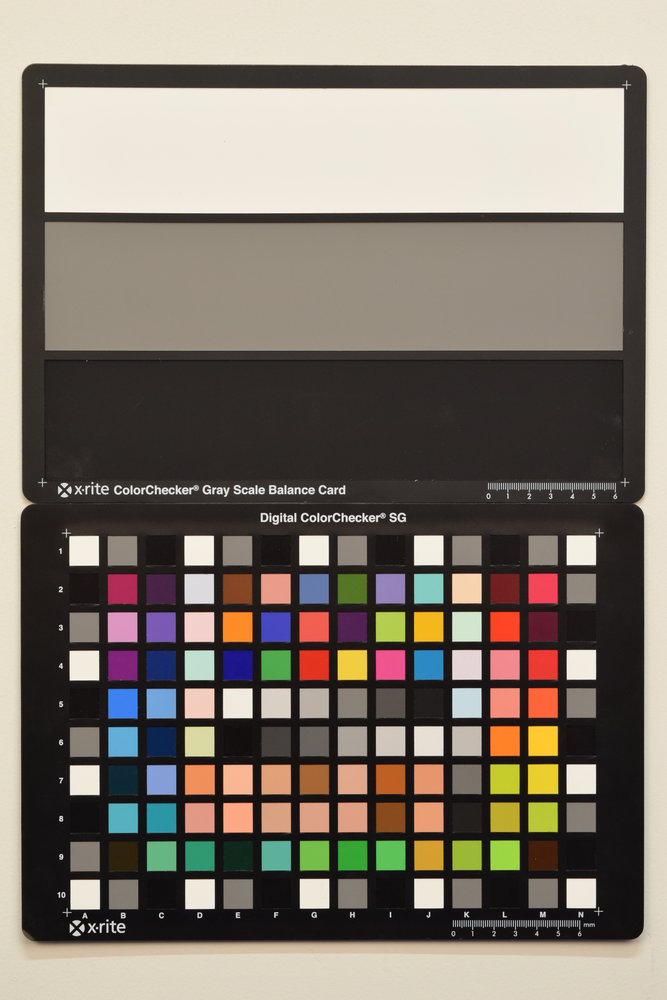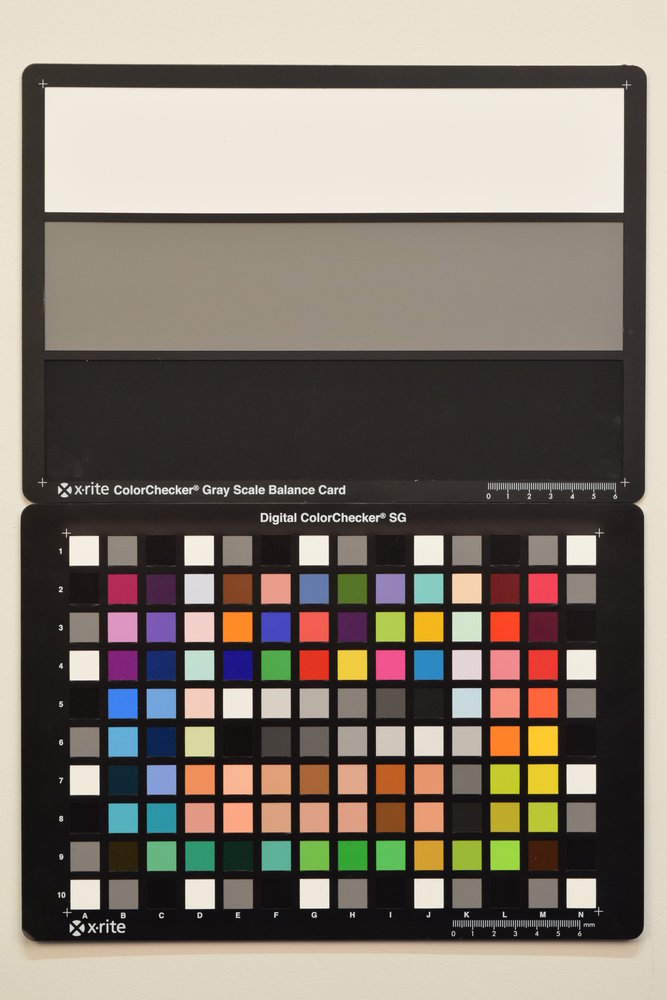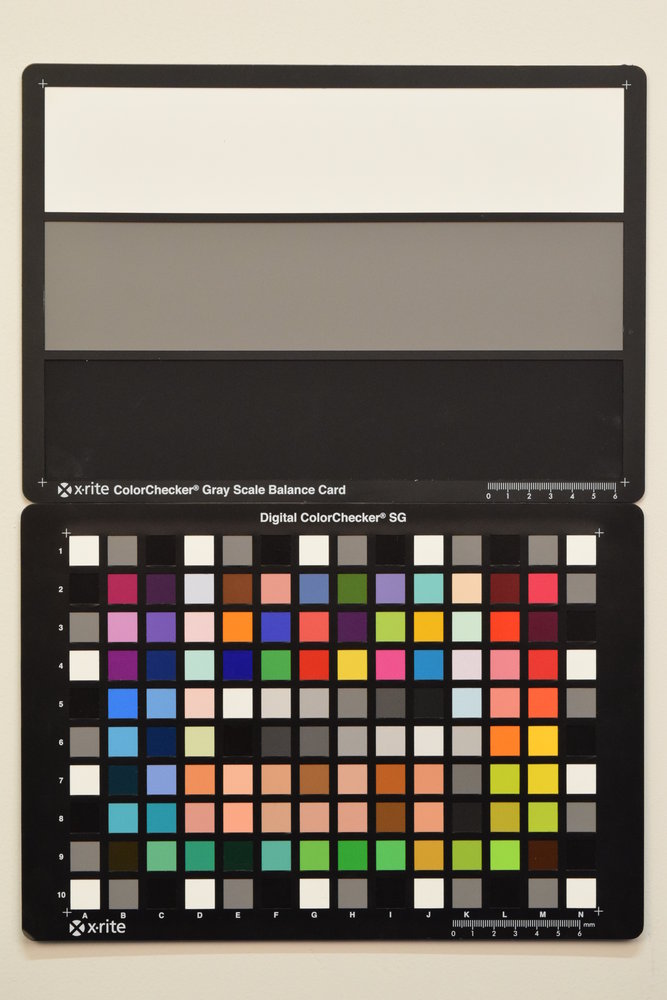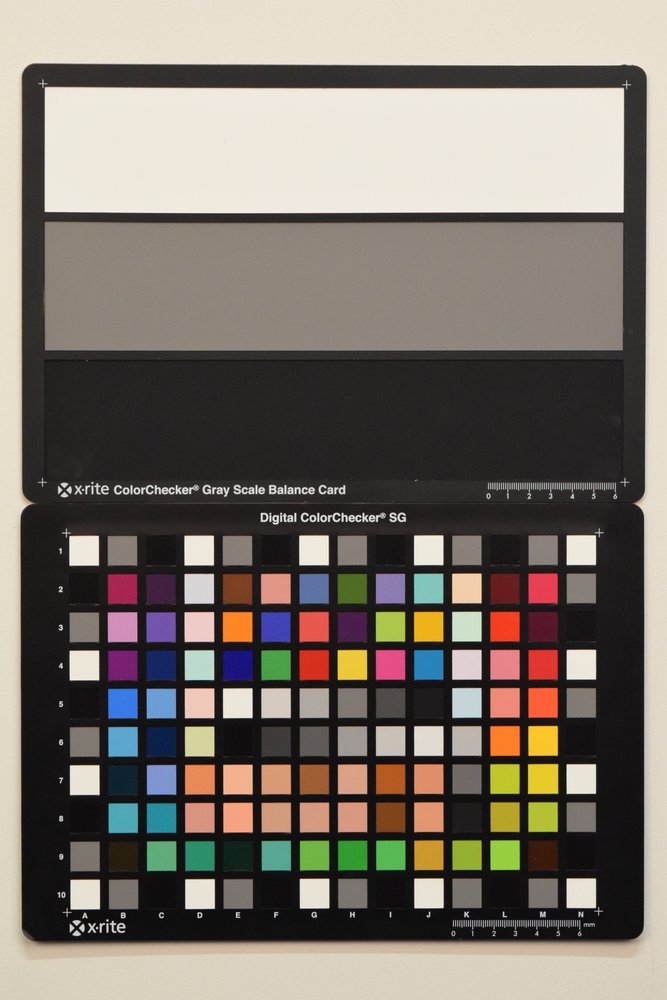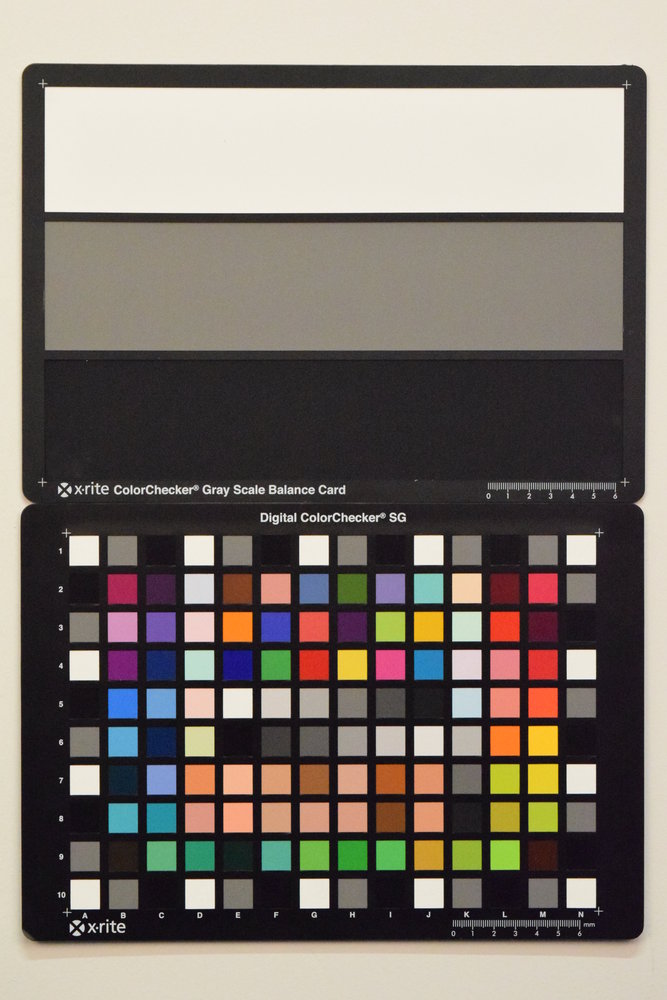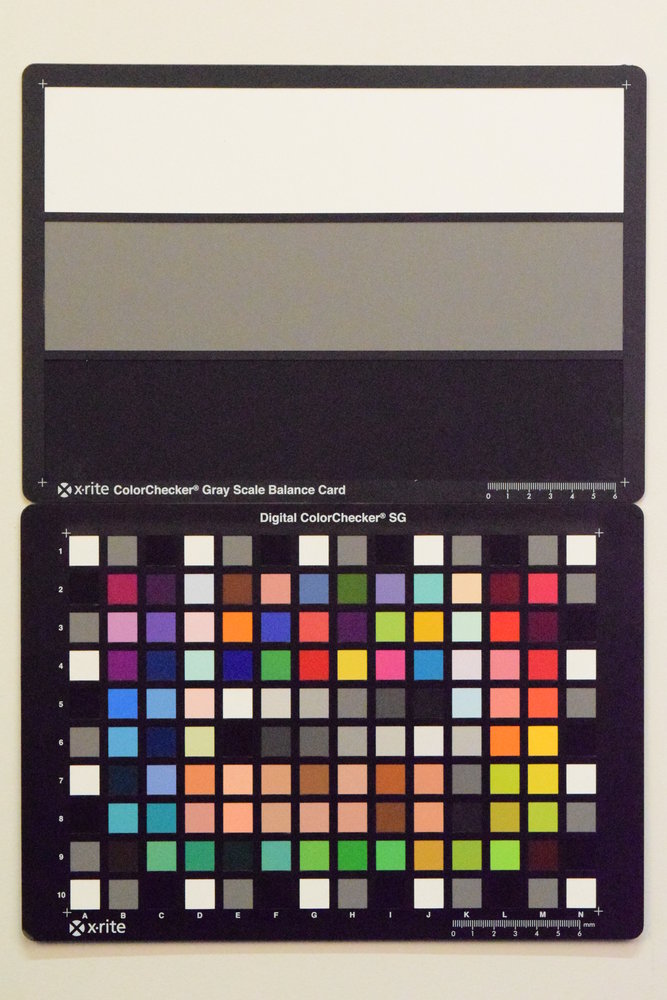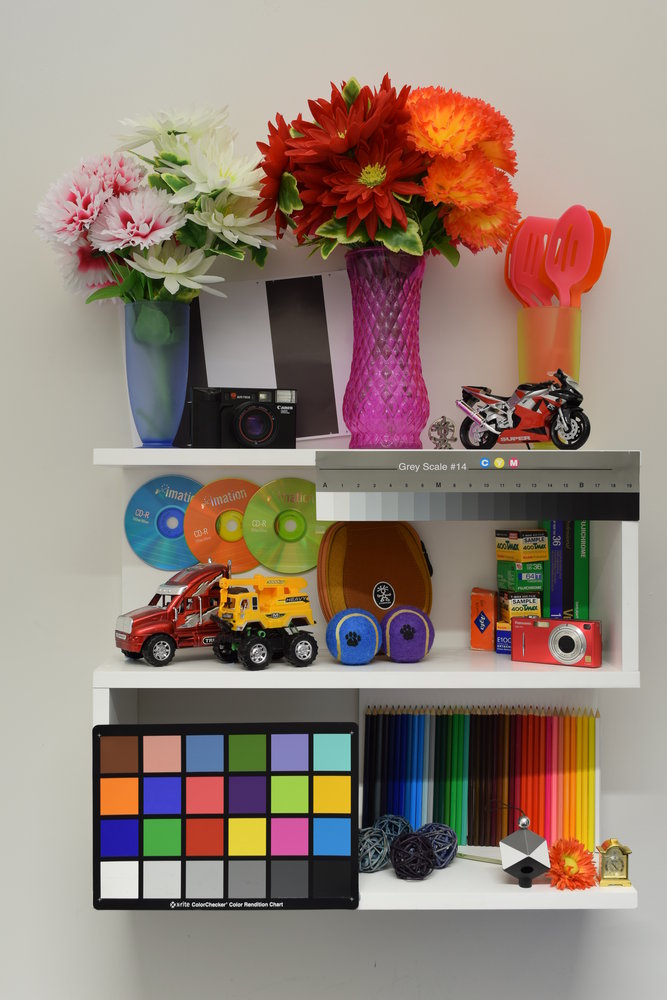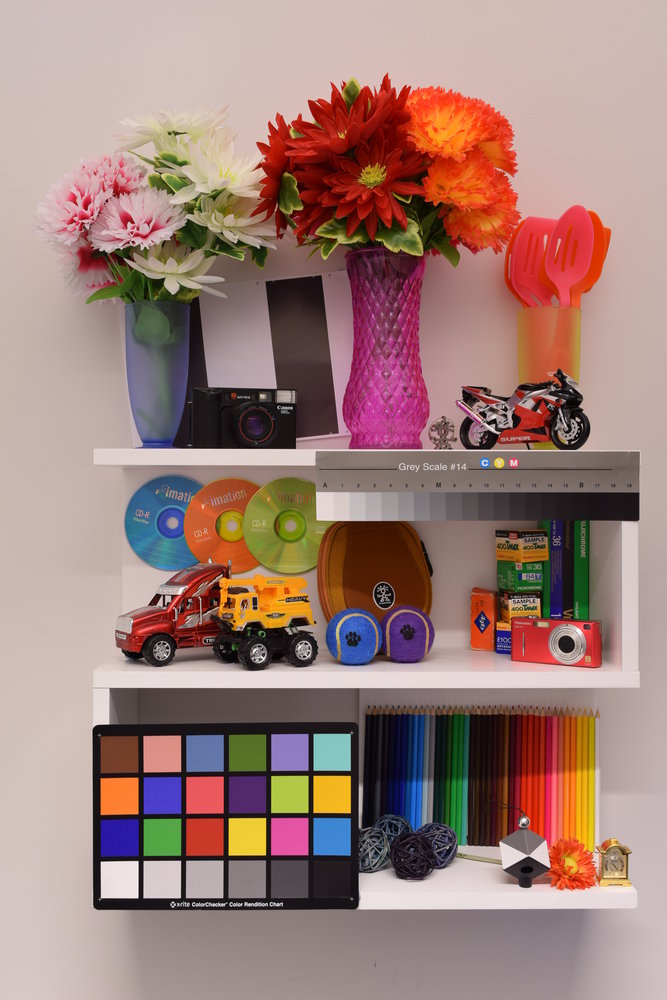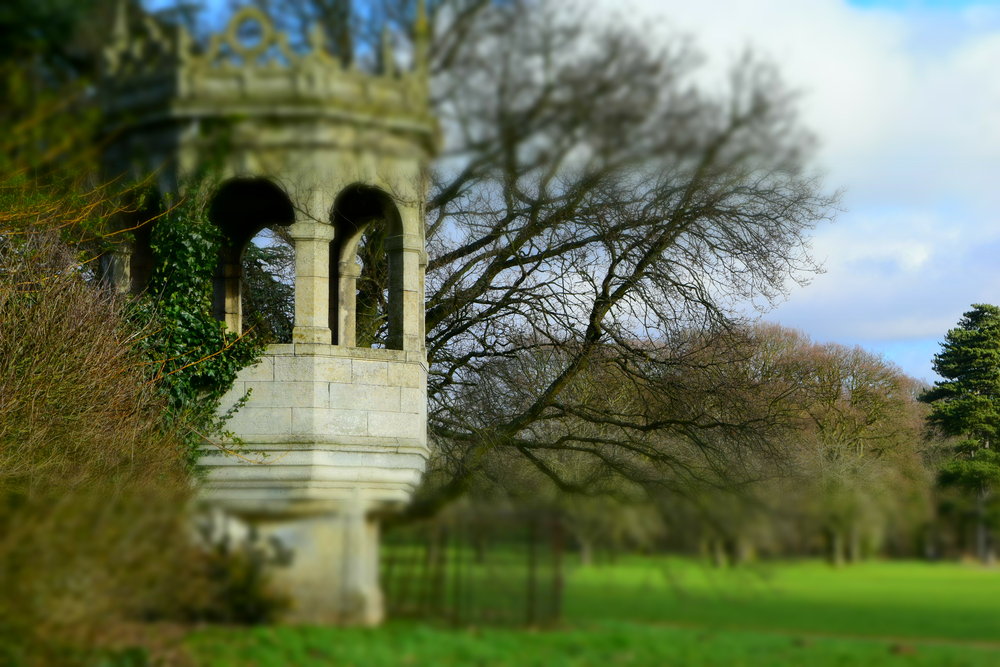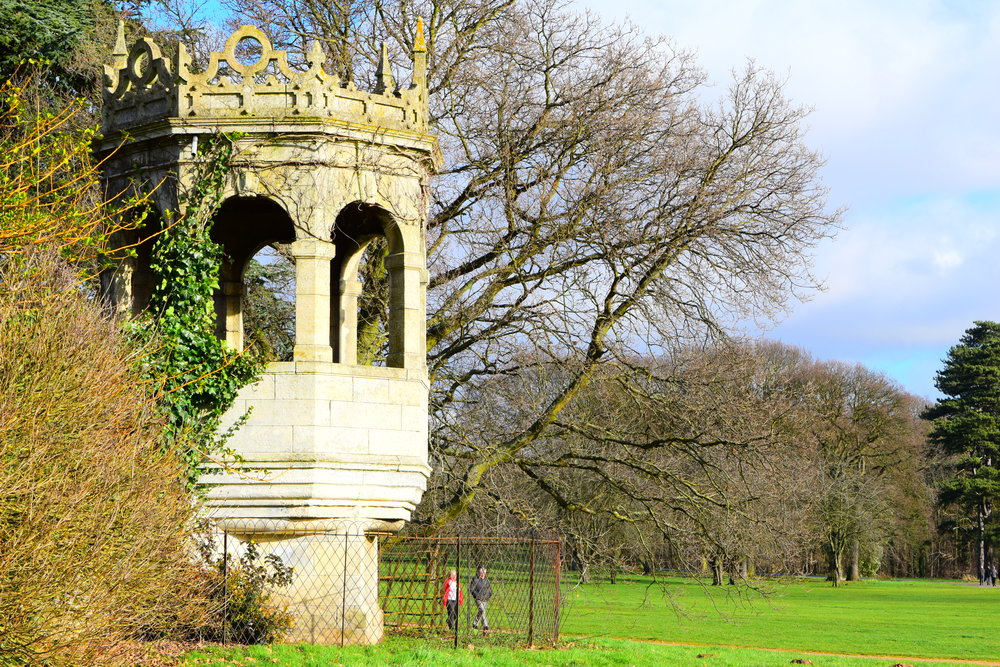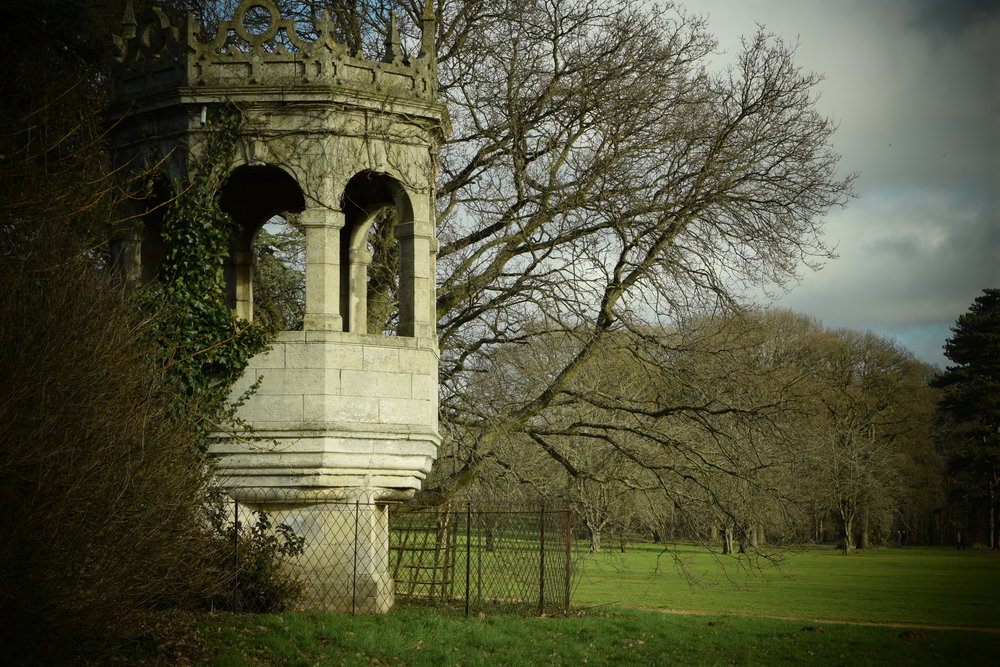Features
Handling
Performance
Verdict
Specification
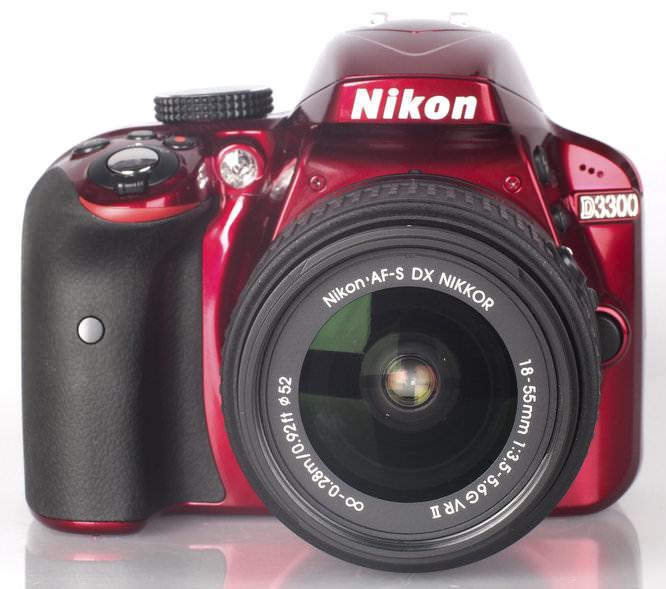
Designed to be an entry level consumer friendly Digital SLR, the D3300 is the most compact DSLR in Nikon's range, and is introduced with a new compact, retractable kit lens, the AF-S DX NIKKOR 18–55mm f/3.5–5.6G VR II to make the camera even smaller when not in use. It updates the Nikon D3200 which is still available.
Nikon D3300 Features

The Nikon D3300 improves on the D3200 by offering a 24.2 megapixel sensor with no optical low-pass filter (OLPF), designed to give the sharpest image possible.
The camera now features the latest EXCEED 4 image processing engine for improved continuous shooting which is now 5fps compared to 4fps on the D3200, as well an extended ISO range which goes to ISO25600, compared to ISO12800 on the D3200. Video is another area that has been updated, with the Nikon D3300 now shooting full HD at 60p and 50p, compared to 30p and 25p on the D3200.
The D3300 is also lighter than the D3200, and offers a 700 shot battery life, compared to 500 shots on the D3200, thanks to a new EN-EL14a battery.
There is 11-point auto focus (AF) with the focus points highlighted in the optical viewfinder. As well as the traditional optical viewfinder, which has a dioptre adjuster, you can use Live View which is activated by a button on the rear.
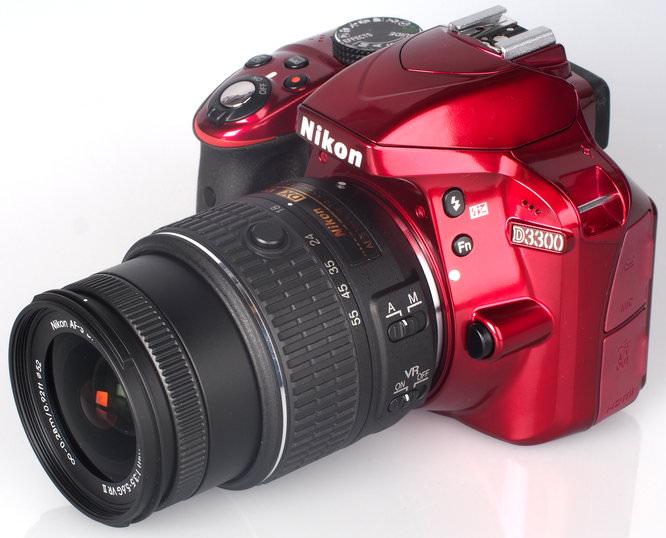
The Nikon D3300 is the lightest and smallest Digital SLR in Nikon's range, designed to appeal to users of all levels, and with the more compact size, partly possible by the new compacting lens, the camera is more likely to be used and taken with you.
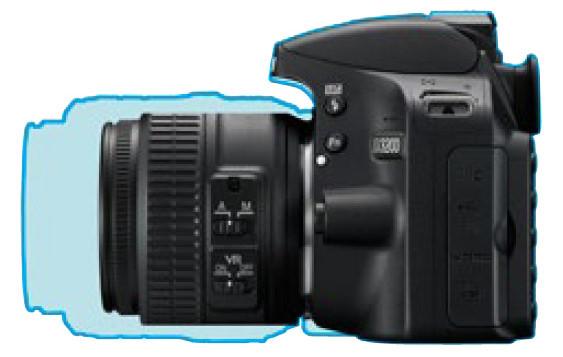
Image courtesy Nikon, showing the Nikon D3300 with the AF-S DX Nikkor 18-55mm f/3.5-5.6G VR II lens compared with the D3200 and 18-55mm VR I lens, indicated by the blue lines and areas.
The D3300 is designed to be easy to use with a built in guide mode - offering step-by-step assistance. The D3300 is also compatible with the full range of NIKKOR DX-format lenses and entry-level Nikon Speedlights. Active D-Lighting helps retain more detail in the dark and bright areas of high-contrast lighting conditions.
The photo retouch menu lets you edit photos, where there are a range of tools and effects. Options include Resize, Quick Retouch and Straighten as well as effects including Selective Colour, Colour Sketch, and Miniature Effect.

Key Features
- 24.2-megapixel DX-format APS-C CMOS sensor with no OLPF
- Guide Mode: Clear, step-by-step assistance
- ISO 100–12,800 (expandable to ISO 25,600 equivalent)
- EXPEED 4 image processing engine
- 5fps continuous shooting
- 11-point AF system with a cross-type sensor in the centre
- 420-pixel RGB metering sensor with Nikon’s Scene Recognition System
- Full HD movies at frame rates up to 50/60p
- Built-in mono microphone and compatibility with Nikon’s ME-1 Stereo Microphone
- Easy wireless connectivity: Via Nikon’s Wu-1a Mobile Adapter
- Special Effects mode: 13 distinctive effects for still images and movies
- 3inch LCD with wide-viewing angle and 921K-dot resolution
- Optical viewfinder with approximately 95% frame coverage and 0.85x magnification
- Available in three body colours: Black, red, and grey
Nikon D3300 Handling
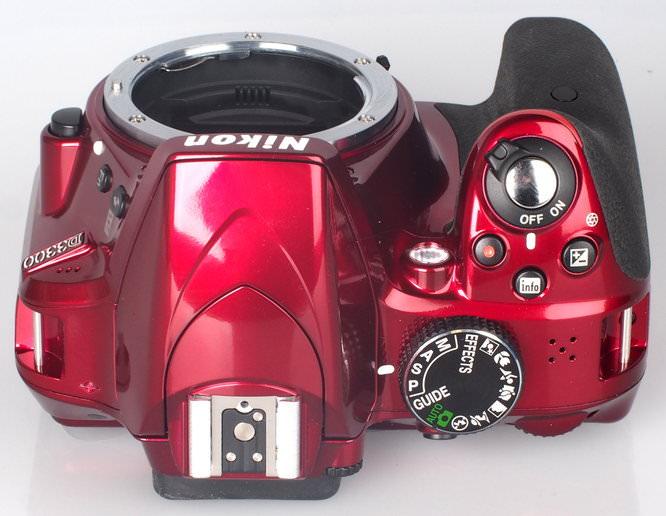
Handling - The Nikon D3300 has a large rubber grip for secure handling, with a rubber grip on the rear for your thumb. The camera feels very well built and solid, and gives side access to the memory card slot making it easy to change when mounted on a tripod.
The camera measures approx. 124×98×75.5mm and weighs just 410g (without battery and memory card), or 460g with, although excluding the lens. This makes it one of the lightest Digital SLRs available, with the super compact Canon EOS 100D DSLR weighing 370g body only.
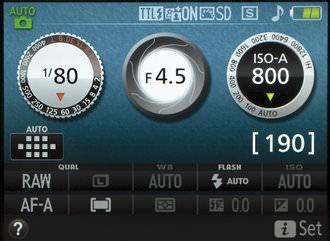 |
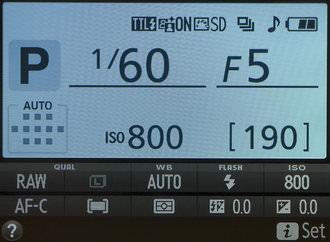 |
| Nikon D3300 Graphic Screen | Nikon D3300 Classic Screen |
You can choose between a classic interface and a graphic interface (shown above) that animates settings on the rear screen depending on how you want to use the camera.
The 11 focus points are highlighted in red when active, with a cross-type sensor in the middle, and the optical viewfinder has a soft rubber surround. With an AF assist light, the Nikon D3300 is able to focus in low-light, although can struggle at times depending on the subject being photographed, and the sensitivity in low-light conditions is worse when using the live view - optical can focus as low as 0EV, whereas live view requires 2EV.
Using live view is much slower than using the optical viewfinder, with focus and shutter response being noticeably slower, particularly if you've come from a compact camera (or a mirrorless) and are expecting it to be as rapid. For the quickest focus and speed, using the optical viewfinder is the way to get the best performance out of the camera.
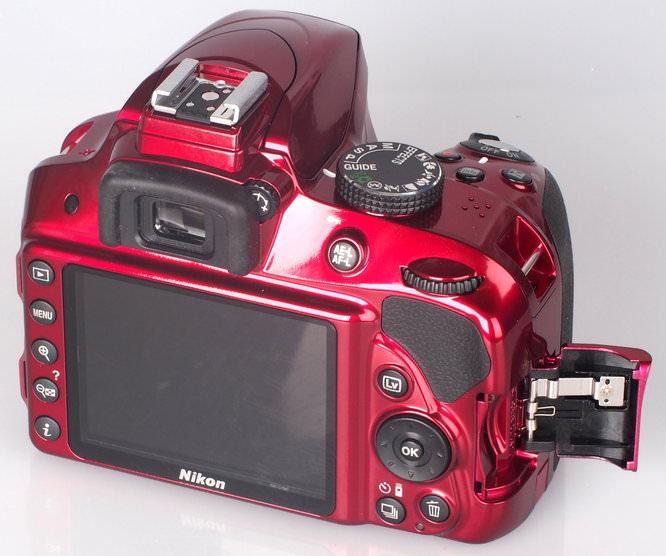
Menus – The control system on the camera can seem a little awkward at times, although should become quite familiar with regular use. For example, you can use the function button in combination with the control wheel on the back to change the ISO speed, or the exposure compensation button and the control wheel. But then if you press the drive mode button, you can't change the option with the control wheel on the back, instead you have to use the 4-way control pad, then you have to press OK to select the option.
The other main method of changing settings and options is using the 'i' button, and this lets you set the options on the rear screen without having to go into the menus. The built in guide mode is designed to help beginners change settings and get the best results in specific shooting conditions.
Unlike other cameras, you can't assign functions to the 4-way controller, and for more direct access to settings, you'll need to look at the Nikon D7100. Thankfully the menus are neatly and clearly laid out with each section colour coded, and if you need any help you simply press the ? button.
Battery life - Battery life is rated at 700 shots according to Nikon / CIPA test results, thanks to the new higher power EN-EL14a battery with a 1230mAh rating.
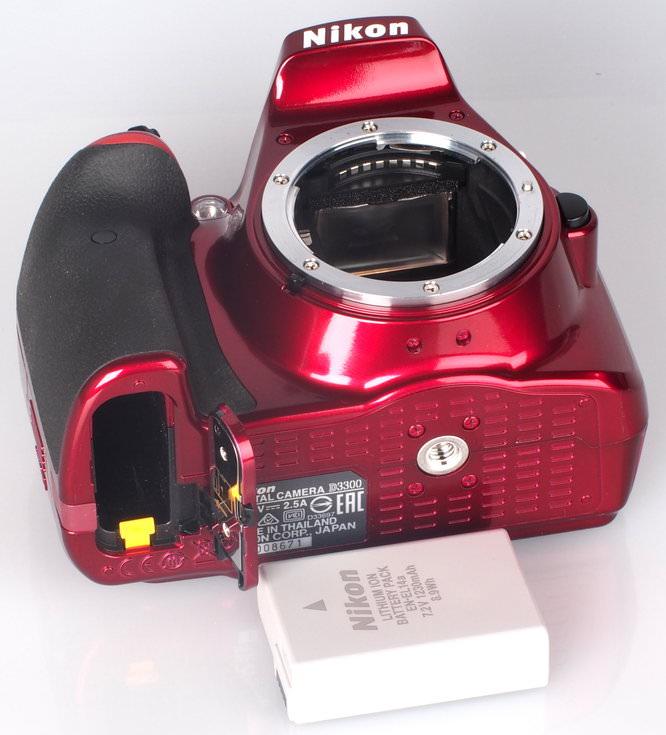
Speed - We took a number of shots to test the camera's responsiveness, from switch on to first photo, shot to shot, focusing speed etc. We take a number of shots and then use the average to ensure accurate and consistent tests, making it easy to compare with other cameras.
| Nikon D3300 | |
| Shutter Response (live view) | 0.05 (0.4s) |
| Wide - Focus / Shutter Response (live view) | 0.3 (1.8s) |
| Full zoom - Focus / Shutter Response (live view) | 0.25 (1.8s) |
| Switch on Time to Taking a Photo | 0.6 |
| Shot to Shot without Flash | 0.55 |
| Shot to Shot with Flash | 0.8 (MF) |
| Continuous Shooting - JPEG (shots before slow down) |
5fps (8 shots) |
| Continuous Shooting - Flash | N/A |
| Continuous Shooting - RAW | 5fps (6 shots) |
Tested with the Nikon AF-S NIKKOR 18-55mm f/3.5-5.6 DX VR G II lens. Using live view on the rear screen, shutter response very slow, and focus speed is painfully slow. When not using the live view mode, and using the camera in the traditional way through the optical viewfinder shutter response and focus speeds are good with the camera being quick in operation. Continuous shooting is good at 5fps.
Nikon D3300 Performance
Additional sample photos and product shots are available in the Equipment Database, where you can add your own review, photos and product ratings.
Nikon D3300 Sample Photos
Sample Photos - Exposure is reliable and gives good results, with bright saturated colours. Flash performance is good with very little to no red-eye visible in the photos and skin tones are good, with particularly pleasing portrait performance from this camera.
Nikon D3300 Lens test images
Lens Performance - The new kit lens performs well with a small amount of barrel distortion at the wide-angle end of the lens and a little pincushion distortion at the telephoto end of the lens, with the camera correcting for this when auto distortion correction is switched on. There is not much vignetting to be seen, and the lens performs well for a kit lens. Purple fringing or chromatic aberrations aren't a problem, unless you go looking for it, where you may find it in the far corners of the image in areas of high contrast. There is a slight drop in sharpness in the corners of the image, although for the most part images are reasonably sharp, and to improve the levels of sharpness and detail recorded you could adjust the settings in camera, process the raw images, or alternatively use a prime lens. The kit lens also gives decent macro performance, although for the closest focus, manual focus is recommended.
Nikon D3300 ISO test images
ISO Noise Performance - The D3300 has an extended ISO Range, which now goes up to ISO25600. ISO100, and ISO200 show very low noise, with a very slight increase in noise at ISO400 and ISO800, and again a very slight increase in noise at ISO1600, although detail is still very good. Noise increases again at ISO3200 and detail drops slightly, although results are still very good. Noise increases again at ISO6400, and results still appear usable. At ISO12800 noise becomes quite dominant, although colour is still good. At ISO25600 noise becomes strong, with detail and colour suffering as a result, which means we would recommend avoiding this setting unless absolutely necessary. There is a night vision mode that can be used if needed, and this switches to a black and white mode.
Nikon D3300 White-balance test images
White Balance Performance - Auto White Balance (AWB) performs well under incandescent (tungsten) lighting with a slightly warm result, and the tungsten preset gives better results. AWB performs extremely well under fluorescent lights, with the fluorescent preset giving a magenta colour cast. Manual white balance can be used for the most accurate results.

Easy Panoramic | 1/500 sec | f/6.3 | 18.0 mm | ISO 180
Panorama mode - Introduced with the Nikon D3300 is a new easy-panorama mode that lets you simply pan the camera from one side to another (left, right, up, down), automatically stitching the photo as you go. A horizontal panoramic photo is 1080pixels tall, as shown above, and the camera does a good job of stitching the photo together.
Nikon D3300 Digital filters
Digital Filters - Effects on the mode dial let you shoot with a number of different effects applied. The effects available are: Night vision, Super vivid, Pop, photo illustration, colour sketch, toy camera, miniature, selective colour, silhouette, high key, low key, HDR painting and easy panorama. Picture control lets you choose from standard, neutral, vivid, monochrome, portrait or landscape, and these can be customised letting you adjust sharpening, contrast, brightness, saturation and hue.
D-Lighting improves photos, retaining more detail in highlights and shadows, however the camera does not feature an automatic HDR mode, except for the "HDR Painting" effect. If you wanted to shoot the shots needed for a manually created HDR you would normally turn to auto exposure bracketing (AEB), and rather surprisingly for a Digital SLR this camera does not feature AEB, instead you will need to shoot RAW if you want to get additional dynamic range out of your shots or adjust the exposure compensation manually.
The retouch menu is worth highlighting as there is a large number of options available including: D-Lighting, Red-eye correction, Trim, Monochrome, Filter effects, Colour balance, Image overlay, RAW processing, Resize, Quick retouch, Straighten, Distortion control, Fisheye, Colour outline, Photo illustration, Colour sketch, Perspective control, Miniature effect, Selective colour, and Movie editing.
Video - The camera has a number of video options including 60p (NTSC), 50p, 25p and 24p frame rates, a mono microphones built in, as well as a microphone socket. Audio options include a wind filter, as well as microphone level settings (auto, manual, off) and the movie mode can be used with manual controls. Quality is good although focus can be slow when using continuous AF, and the focus noise is picked up by the camera. The VR system does a good job of keeping the video steady once you have stopped panning if handheld.
Value For Money
The Nikon D3300 is introduced with a price of £544 (at time of publication) with the new kit lens, this makes it just £100 cheaper than the higher specification Nikon D5300, that also features built in Wi-Fi and GPS, making the D3300 seem quite expensive in comparison. The Canon EOS 700D is £599 with kit lens, and is considered in the same level of camera as the D5300. The compact Canon EOS 100D is available for £489 with lens and 3inch touchscreen, £110 cheaper than the D3300. The previous model, the D3200 is also a 24 megapixel camera and is available for £359, or the D5200 for £499.
The new compact lens and compact DSLR body puts this camera in the "compact DSLR" category which includes the Canon EOS 100D, as well as DSLR style mirrorless cameras such as the Panasonic Lumix G6, with the later featuring built in Wi-Fi, vari-angle touch-screen, stereo sound, as well as a range of more compact lenses. Another alternative is the extremely compact Olympus OM-D E-M10, which benefits from built in Wi-Fi, tilting touch screen, and in-camera image stabilisation.
You'll also need to buy a memory card and a case or bag to keep your camera safe and protected - have a look at our complete guide to camera bags.
Nikon D3300 Verdict
The Nikon D3300 is improved over the previous model, however it is also introduced with a higher price, putting it into a similar price range as cameras one step up from entry level models, including the Canon EOS 700D, and Nikon D5300, both with vari-angle screen - the D5300 also benefits from built in Wi-Fi and GPS. Although we would expect the Nikon D3300 price to fall over time, which should mean it's more affordable and, with the new lens, it is definitely one of the smaller DSLR kits available.
The Nikon D3300 is, without doubt, capable of producing impressive images, with excellent noise performance. The new 18-55mm VR II kit lens delivers sharp results, whilst giving a more compact complete package. However, we can't help feel that it would have been worth Nikon including built in Wi-Fi to help justify the price, and make the camera stand out further from the crowd, although if the price drops over time, as it has done with previous models, then this camera could end up representing excellent value for money.
The 24 megapixel sensor now features no optical low pass filter, which will give improved image quality when shooting with high quality lenses, and we would recommend using prime lenses to get the best out of the camera, although saying that the provided kit lens performs well. The camera is quick in operation with quick focus, shutter response, and a decent 5fps continuous shooting, although live view remains particularly slow, and is best avoided.
For those with a range of Nikon lenses and accessories, the Nikon D3300 delivers sharp images, with good colour reproduction, and for those that prefer an optical viewfinder, the D3300 is a very good choice. The only main fly in the ointment is the price, with competition from Nikon's own DSLR range, with the D3200 and D5200 to choose from, or if your budget can stretch to it, then the D5300 would also make a great choice, particularly if you value GPS and built-in Wi-Fi.
Nikon D3300 DSLR Review: The Nikon D3300 delivers impressive image quality with a more compact kit lens that delivers great results.
